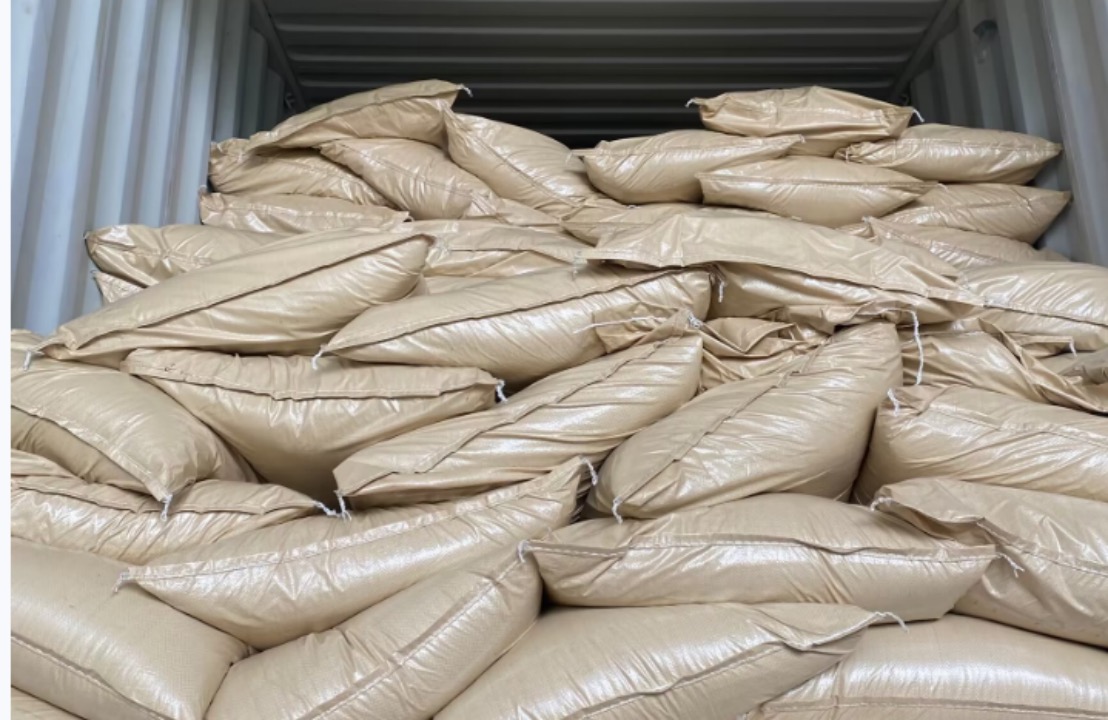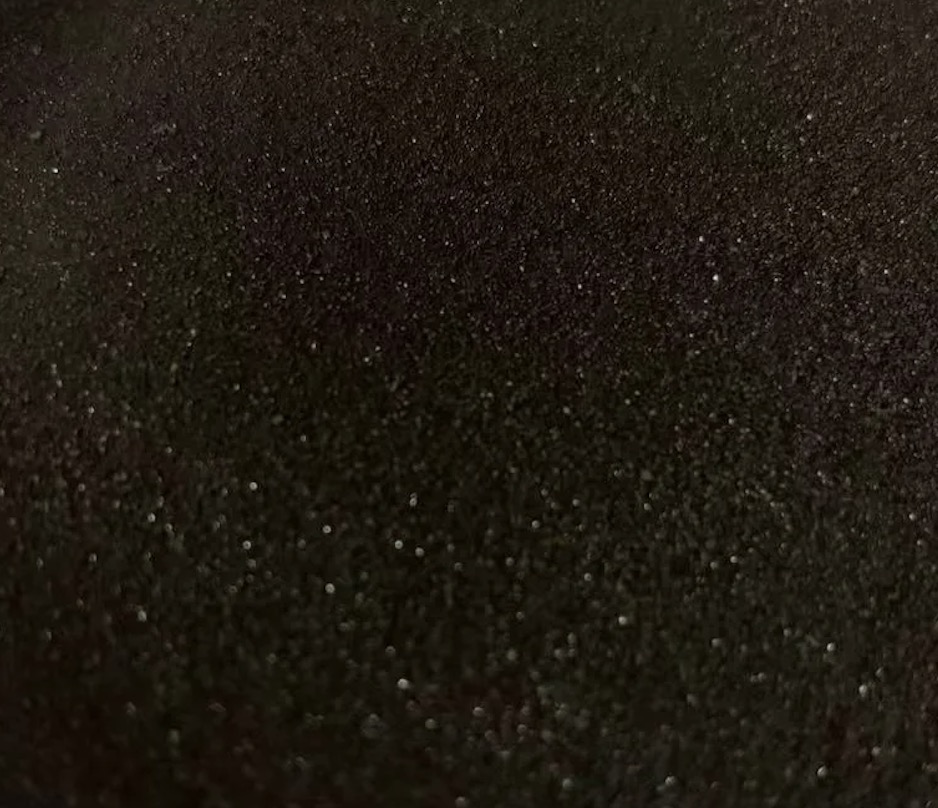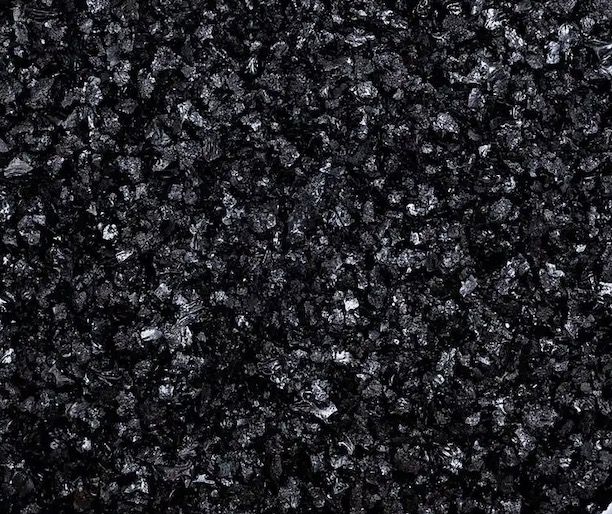Description
Function:
1. Scientifically combine new nutritional chains to comprehensively balance plant needs. Biochemical potassium fulvic acid is not a pure molecular compound, but a mixture with a heterogeneous complex macromolecular structure and extremely complex components. In addition to high content of fulvic acid, this product is also rich in almost all amino acids, nitrogen, phosphorus, potassium, various enzymes, sugars (oligosaccharides, fructose, etc.), proteins, and nucleic acids needed for plant growth. , humic acid, VC, VE and a large amount of B vitamins and other nutrients, it is a green biological fertilizer.
2. An unknown growth-promoting factor with high biological activity. It has been proven through practice that the core of biochemical potassium fulvic acid contains unidentified growth-promoting factors with high biological activity. Strictly speaking, biochemical potassium fulvicate does not contain hormone substances, but during use, it shows similar effects to chemically synthesized auxin, cell taxon, abscisic acid and other plant hormones, and has a positive effect on the growth and development of plants. Plays a comprehensive regulatory role. Therefore, many manufacturers of foliar fertilizers and flush fertilizers use this product to replace or partially replace synthetic hormones such as gibberellins, sodium nitrate complex, and polypropylene.
3. Strong complexing ability, improves the absorption and operation of plant trace elements. Trace elements have an important impact on crop growth and the solubility of various enzymes in the body, as well as stress and disease resistance, and increase yield and quality. However, the movement performance of trace elements in plants is very poor, their reuse ability is extremely low, and they are easily solidified by soil and lose their activity. . In particular, it is very easy to chemically interact with the available phosphorus in the soil, causing each other to lose activity, causing harm to both parties. Biochemical potassium fulvicate has a high content of total amino acids and active groups such as carboxyl and hydroxyl groups, and it also has oxygen-containing functional groups. There are many organic chelating sites and complexing sites in the structure. These coordination groups can complex or chelate with insoluble trace elements such as calcium, magnesium, sulfur, iron, manganese, molybdenum, copper, zinc, boron and many other trace elements. They can also react with other trace elements at other sites. Phosphorus undergoes a complex reaction to form a biochemical fulvic acid molecule as an intermediary carrier, which at the same time coordinates and promotes the absorption and movement of trace elements and phosphorus in the plant roots or leaves, not only avoiding direct contact between trace elements and phosphorus This leads to passivation and deactivation of each other, and plays a positive balancing role, thereby improving the utilization of both.
4. Anti-flocculation, buffering, good solubility, and strong ability to interact with metal ions. The flocculation limit of this product is >32meq/g. Its anti-flocculation ability is significantly higher than that of humic acid and similar products. It is soluble in any acidic and alkaline water with a pH of 1-14. It will not precipitate when flocculated in high calcium and magnesium hard water saturated brine, and Good stability and strong electrolyte resistance. This product relies on the buffer pairs composed of various groups, which can effectively resist acid and alkali. There is no obvious change in the pH value, and the buffer capacity is large. At the same time, this product has good water solubility, exchanges with metal ions, and has strong complexing ability. These unique properties constitute the advantages of this product in agricultural applications and pharmaceutical fertilizer production, creating conditions for the compatibility of pharmaceutical fertilizers, compounding of pharmaceutical fertilizers, and mixed use of pharmaceutical fertilizers; it also provides for the cross-development of the pharmaceutical fertilizer industry and changes the past The single approach of treating for the sake of treating and nourishing for the sake of nourishment has created a new idea for the development of the medicinal fertilizer industry that integrates the functions of treating and nourishing. This product is mainly used as a pesticide synergist to improve the control effect, that is, by enhancing the growth and disease resistance of the plant itself, changing the permeability of the plant cell membrane, slowing the release of pesticides, and synergizing the effects of pesticides on plant diseases and insect pests. It has the prevention and control function and cannot replace pesticides, so this product is usually compounded with carbendazim, thiophanate methyl, black star, sterilate, sulfate copper, antiviral vitriol, ethephon, sweeteners and other drugs Used to cure wheat scab, yellow leaf disease on fruit trees, apple rot, ring scab, spot leaf disease, cucumber downy mildew, sweet potato black spot, peanut leaf spot, cotton verticillium wilt, etc. There are three mechanisms for preventing plant diseases: First, it enhances oxidase activity and other metabolic activities in plants. The second is to promote plant root growth and increase root activity, which is beneficial to the plant's absorption of water and nutrient elements, as well as increasing chlorophyll content and photosynthesis to improve the plant's stress resistance. Third, when used in combination with pesticides, it can inhibit the germination of pathogenic bacteria spores and colony expansion, and is beneficial to the slow release and synergy of pesticides.
5. It has significant functions of cold and drought resistance. The mechanism of biochemical potassium fulvicate to resist drought and cold is: first, it stimulates the activity of enzymes in plants, and through its regulation, it catalyzes the cells in plants to accelerate the absorption of water and nutrients, reduces the water potential of leaves, enhances osmotic pressure and other metabolic activities, so as to Stimulate plants to adapt physiologically to drought and cold living environments. The second is to inhibit the accumulation of K in guard cells. When plants encounter drought and cold, they can improve their water retention capacity, close leaf stomata or reduce their opening, and reduce water transpiration. A large amount of experimental data proves that biochemical potassium fulvic acid can significantly increase the stomatal diffusion resistance of leaves by 1.5 times, while reducing the transpiration intensity of leaves by more than double. After spraying, the drought and cold resistance effect can last for about 20 days. The second is to increase soil moisture content and enhance root activity. After spraying, leaf transpiration decreases and soil moisture content increases significantly. The water content at different soil depths can increase by 7% to 35%, while soil moisture consumption within 10 to 20 days after spraying decreases by 8%. At the same time, the root system is developed, new roots are increased by a quarter, and root activity is increased by 30%, which is beneficial to the plant's absorption of water and nutrients, thereby increasing crop yield and improving crop quality.
6. Small molecular weight is the most basic physical and chemical property of biochemical potassium fulvic acid. The average molecular weight of this product is 300. Its high biological activity is very permeable to the plant cell membrane barrier. Through its adsorption, conduction, transport, bridging, sustained release, activation and other functions, it enables plant cells to absorb more Water and nutrients that are originally unobtainable are also transported to the fruit parts such as carbohydrates, proteins, sugars and other nutrients accumulated through photosynthesis to improve quality and increase yield.
Specification | |
N% | 4.58 |
P% | 0.41 |
K20% | 11.89 |
total nutrient≥10% | 16.88 |
organic matter≥30% | 51.97 |
fulvic acid ≥30 | / |
cl≤6% | 5.09 |
水分≤5 | 0.1 |
PH4.0-8.0 | 4.96 |
Usage and dosage:
1. This product can be used as base fertilizer, hole fertilizer, and flushing application. The dosage is 50 kilograms per mu.
2. This product can be sprayed and drip-irrigated, with a dosage of 10 kilograms per acre.
3. It can be used as a powdery mulch film. This product is evenly sprayed on the soil surface that needs mulching: it can form a film in 10 minutes and will automatically degrade into fertilizer after emergence, saving money and labor! 4. The normal dilution factor of this product is 10--800 times, and the maximum dilution factor can reach 1500 times.



